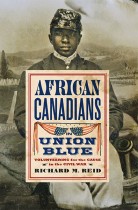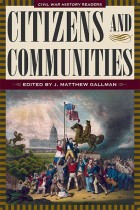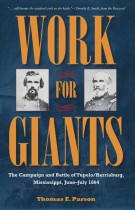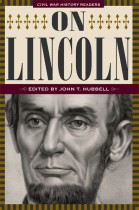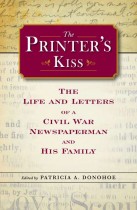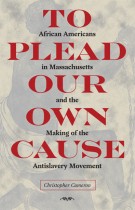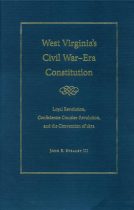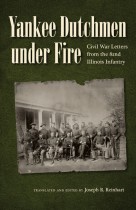“My Greatest Quarrel with Fortune”
Charles G. Beemer | Filed under: Civil War Era, Civil War Soldiers and Strategies, Military History, Understanding Civil War History
Lew Wallace of Indiana was a self-taught extraordinary military talent. With boldness and celerity, he advanced in less than a year from the rank of colonel of the 11th Indiana to that of major general commanding the 3rd Division at Shiloh. Ultimately, his civilian, amateur military status collided headlong with the professional military culture being assiduously cultivated by Maj. Gen. Henry W. Halleck, a cautious and difficult commander. The fallout was aggravated by Wallace’s unwillingness to acknowledge the protocols that sustained the military chain of command. The primary result of the collision was that he failed to realize his most cherished ambition: leading men in battle.

